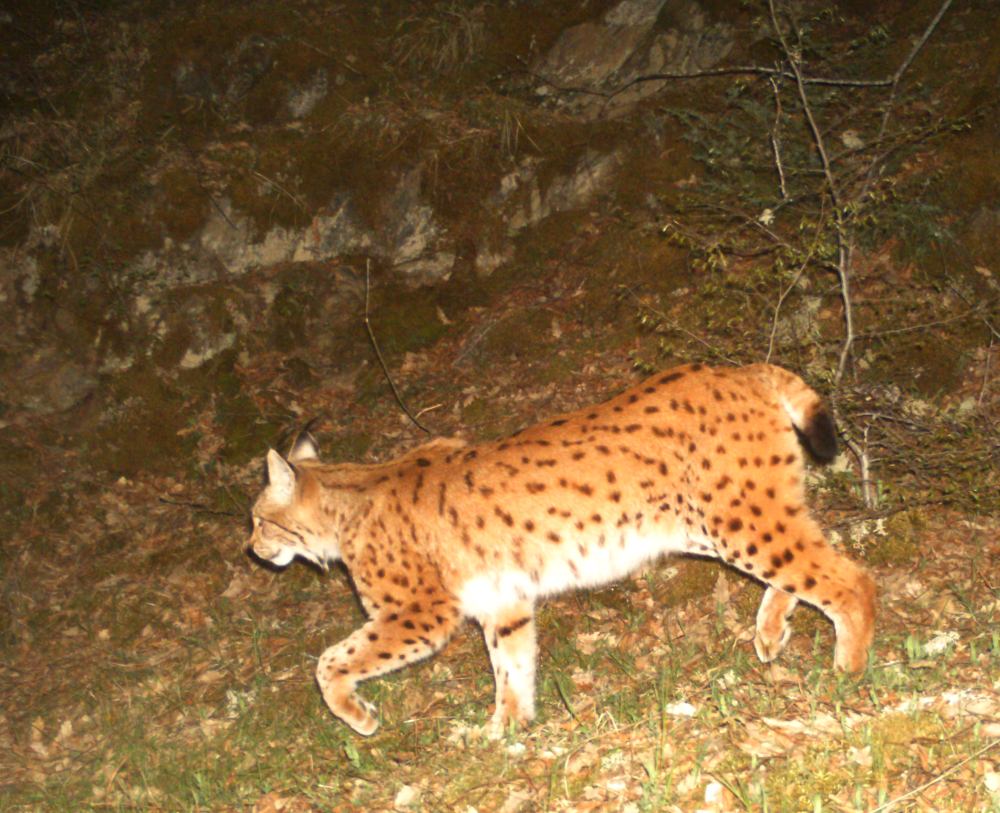A joint multidisciplinary effort by scientists from Europe recently produced a scientific paper on the Balkan (Lynx lynx balcanicus Bureš, 1941) and the Caucasian (Lynx lynx dinniki, Satunin, 1915) lynx, which gives fresh perspective of the genetic status of the Balkan’s critically endangered cat and provides a direction for future conservation measures.
According to the paper, Asian and European lynx populations started to diverge around 100 thousand years ago, after which followed a decline in population size, which intensified during the last 750 years. Analysis was performed on the mitogenome, i.e. mitochondrial DNA, which is passed on through the maternal line, revealing in the Balkan lynx two haplotypes, whereas, in Caucasian lynx, defined were six haplotypes. A haplotype constitutes a group of alles (versions of a gene) inherited from a single parent – the mother in this case. Seeing the relatedness of these haplotypes, it was concluded that the Balkan and Caucasian lynx populations separated genetically around 46 thousand years, compared to the separation from rest of the Eurasian lynx almost 93 thousand years.

On the other hand, analysis of the nuclear genome (DNA found in cell’s nucleus) suggests that the Balkan lynx is closely related with the Carpathian population, even though they represent two different sets of haplotypes (haplogroups) that separated around 100 thousand years ago. This closeness is owing to the regular and most recent interaction of these two neighbouring populations. Moreover, such gene flow is thought to be male-biased.
Another important consideration ensuing from this paper is the yet-another confirmation of the genetic erosion in the Balkan lynx population, due to the long-term inbreeding caused by the small and fragmented populations. Such low level of genetic diversity in this subspecies calls for immediate conservation action.
The Balkan lynx is now considered the most threatened native subspecies of the Eurasian lynx. It is classified as critically endangered by the International Union for the Conservation of Nature (IUCN) and numbers estimated to be a mere 50 or less mature individuals. As its distribution restricted to the southwestern Balkan Peninsula, the animal’s core areas are along the Macedonian-Albanian border, with Mavrovo National Park being its stronghold. Major conservation efforts started in 2006 with the initiation of the Balkan Lynx Recovery Programme, now in its sixth phase. The Macedonian Ecological Society has been the project partner since the very beginning.
All these findings are crucial to designing a better-suited conservation approach that could avert the imminent extinction of our beloved cat! Read the full paper at the following link.



